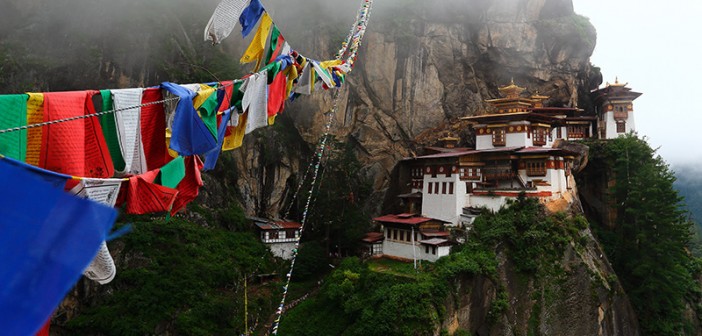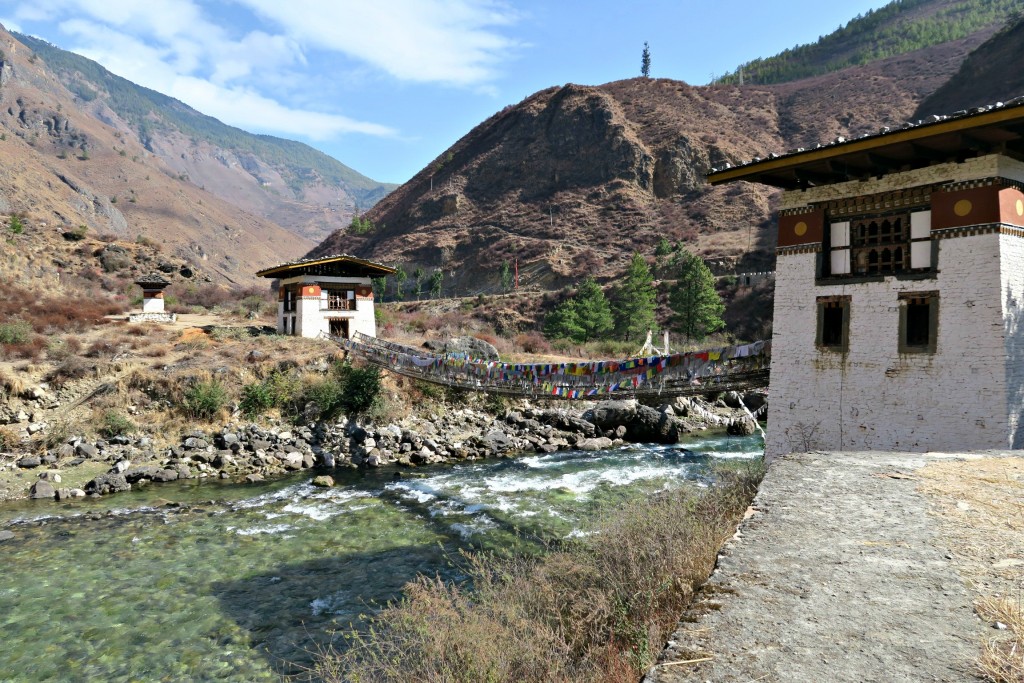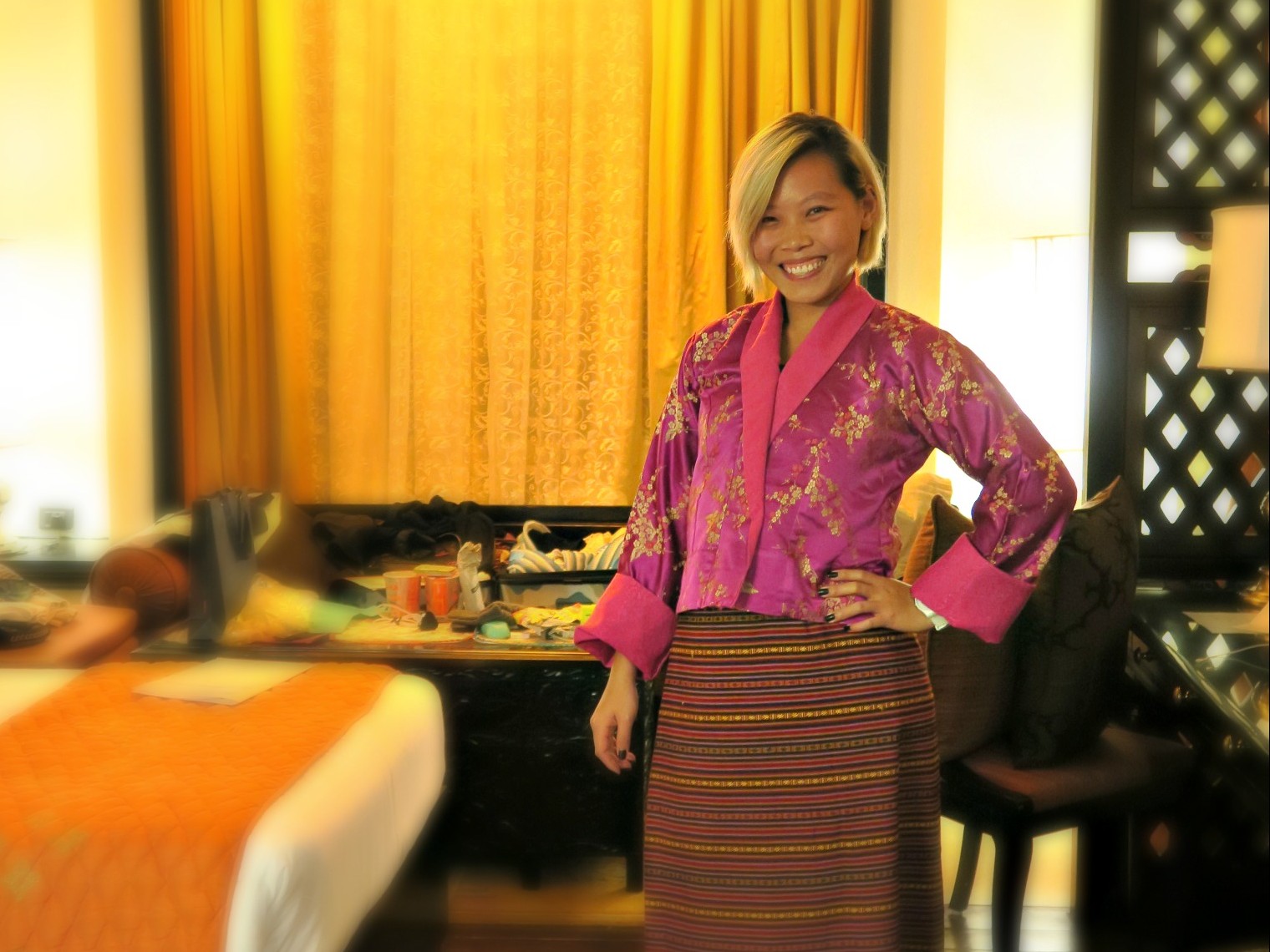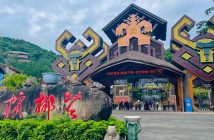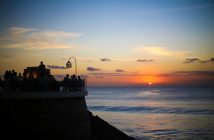There has been a lot of buzz lately with regard to Bhutan’s royal baby prince and the eco-friendliness of the country as thousands of citizens gather to plant 108,000 trees to honour the royal baby. I’ve had the privilege to visit the magical country late last year and here are 10 facts I have picked up during my trip.
For those who don’t know, Bhutan is a landlocked country in South Asia, somewhere along the eastern end of the Himalayas. It is boarded by China and India and has a land area of approximately 38,000 square km (50 times larger than Singapore). Tourism in Bhutan only began in 1970s and is closely monitored by the government to ensure the pristine landscapes and culture.
1. It is easy to acquire a visa
Contrary to popular belief, visas to Bhutan are not difficult to acquire. All nationalities (excluding Indians, Bangladeshis and Maldivians) can apply for a visa through a Bhutanese tour operator or an international partner. The tour agencies will settle the administrative matters with the government and visitors simply need to ensure the validity of their passport.
2. Tours are compulsory
Whether you are heading for festivals, cultural, adventure, spirituality, or nature tour, you have to book through a registered tour operator. That’s right, you can’t do a self-organised trip. This is the only way you can get into the country.
3. Tourists need to pay a minimum spending of US$200 to US$250 per day
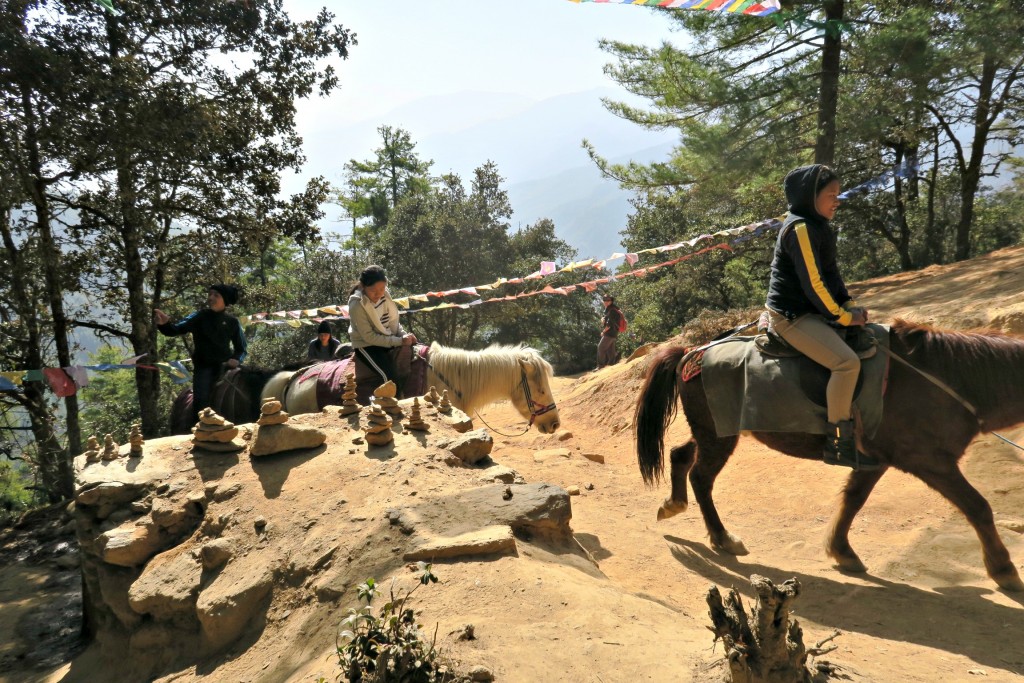
A Nepalese tourist takes a horse up the mountains to visit the famed Tiger Nest temple. Photo © Josmin Ong.
Yes, Bhutan is an expensive country to visit, but for a good cause. There is a minimum spending of US$200 to US$250 per day for each tourist. These fees include a royalty fee of US$65 for the people of Bhutan – free education, free healthcare, poverty alleviation and building of infrastructure initiated by the government. The remaining amount is being used on hotel stay, food, transportation around the country and trekking equipment (if needed). For luxury accommodation such as Taj Tashi Thimphu, Zhiwaling or even the newly opened Le Meridien Paro, additional premiums are added on to the daily rates. This may amount up to US$400 to US$600 per day. Tourism is one of Bhutan’s main sources of income, aside from forestry, agriculture and producing electricity.
4. The Gross National Happiness index started in Bhutan
His Majesty the Fourth King Jigme Singye Wangchuk (the present king’s father), founded the Gross National Happiness system and thought it to be a richer objective as compared to Gross Domestic Product. To him, the people and the nation, material well-being is important, but not as important compared to one’s personal well-being such as community, knowledge, wisdom, governance, health and other welfare factors.
5. Bhutan is not the happiest country in the world (or even Asia)
Despite the Gross National Happiness index, it is a common misconception that everyone is happy. There are still people who live in poverty and have to worry about their source of income.
6. You can only find local products in Bhutan
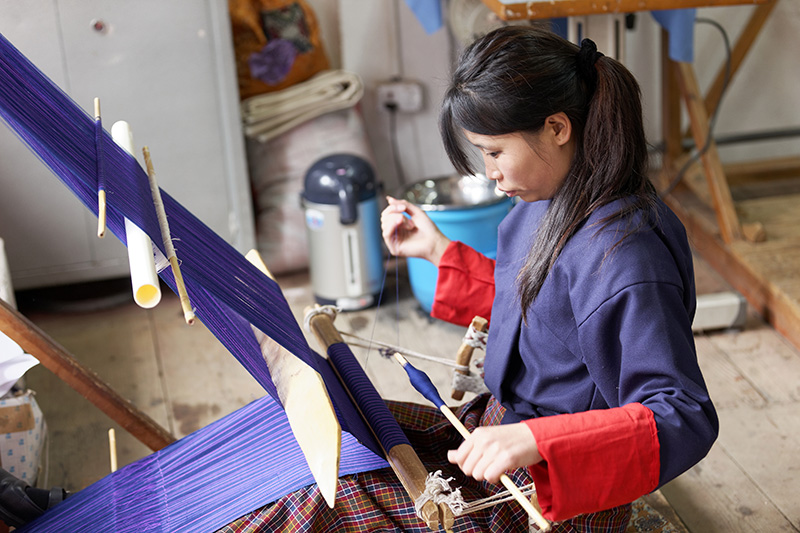
A local girl makes wool by traditional weaving. Photo © Soumitra Pendse | Shutterstock
It is difficult for foreign businesses to penetrate into the country’s economy because of strict regulations from the government. Therefore, it is impossible to find any luxury shops, renowned shopping brands and fast food restaurants in Bhutan. No McDonalds, Starbucks or Adidas. Handicraft and souvenir shops aplenty can be found within Bhutan and I have happily brought home some pure silk scarfs, hand-knitted pouches and postcards.
7. Most Bhutanese are vegetarians
For those who hate vegetables, this might be bad news to you. Due to religious and economic reasons, most Bhutanese are vegetarian or they take very little meat. Each meal, I get about three to four vegetarian dishes and a meat (usually chicken cooked in gravy).
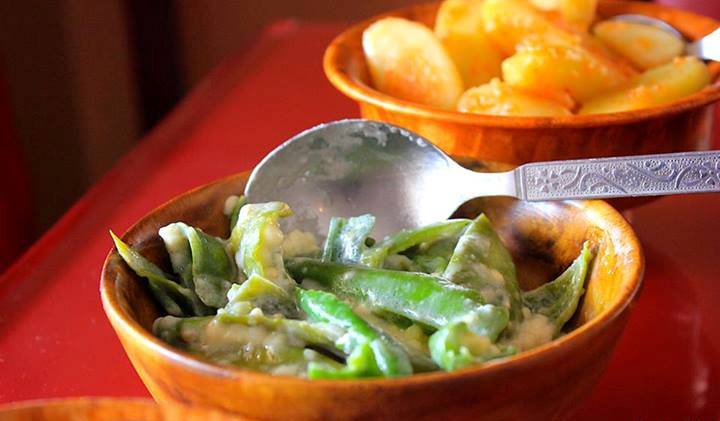
Ema Datshi is the national dish in Bhutan. Photo © Sunkissed guy | Wikimedia Commons
The national dish for Bhutan is Ema datshi, a dish made with chilli peppers and cheese. It is usually served at every meal.
8. Tibetan Buddhism is a big thing in Bhutan
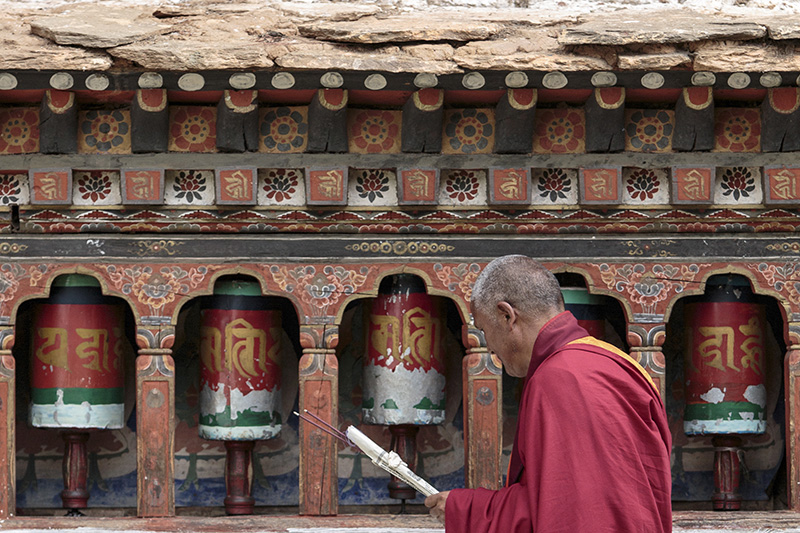
A monk turns the prayer wheels at Kyichu Lhakhang, the oldest temple in Paro. Photo © KiltedArab | Shutterstock
A large majority of the people practise Vajrayana buddhism, also known as Tibetan buddhism. The remaining people practise Hinduism. Thus, you can expect to find many temples around the country. Some are even located at 3,000 metres above sea level. Thimphu, the capital of Bhutan, sits at 2,300 metres above sea level. Remember to dress appropriately when visiting these religious sites.
9. Many Bhutanese can speak good English
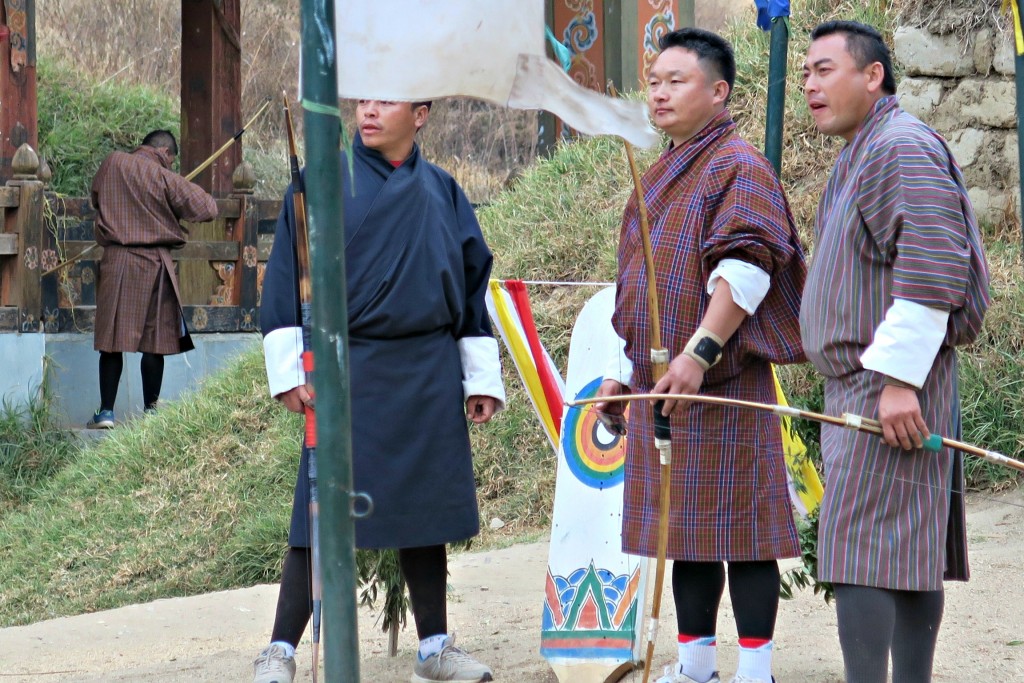
Archery is the national sport of Bhutan. The men are also seen wearing Gho, national dress. Photo © Josmin Ong.
Dzongkha is the national language of Bhutan, though many people speak in their respective dialects at home. Citizens who are educated also learn English as a primary language. Do not be surprised to find the locals speaking perfect English; in fact, some of the tour guides finish their education in overseas colleges.
10. The men wear a knee-length dress much like the Scottish kilt
The Bhutanese traditional dress is a 16th century old custom. Men wear gho and women wear kira. Gho is similar to a knee-length dress with a resemblance to the Scottish kilt. Kira is a two-piece costume involving a cheongsam-like top and a long skirt that is weaved intricately. A good quality dress can cost up to US$1,000 per set.
Editor’s note: This is not a sponsored post or a media invitation. All opinions are the writer’s own.

